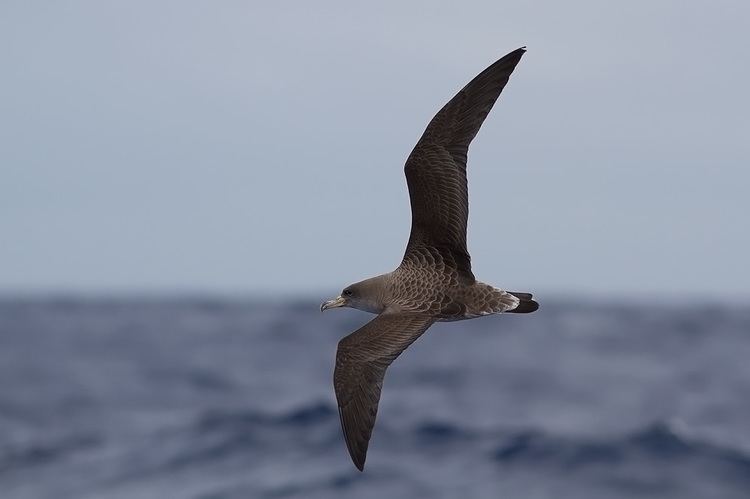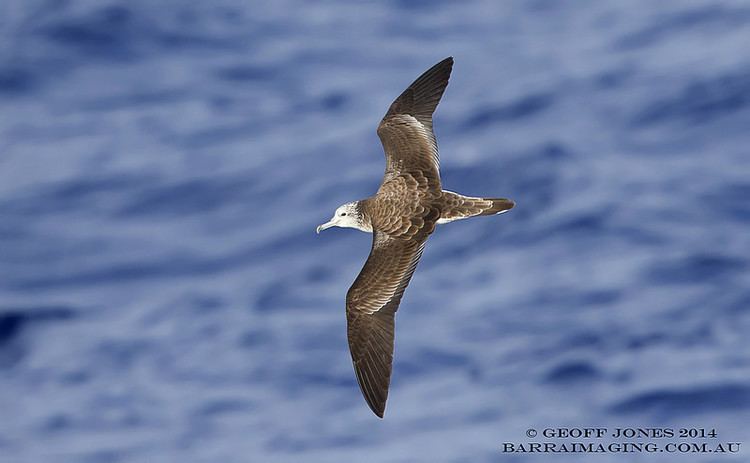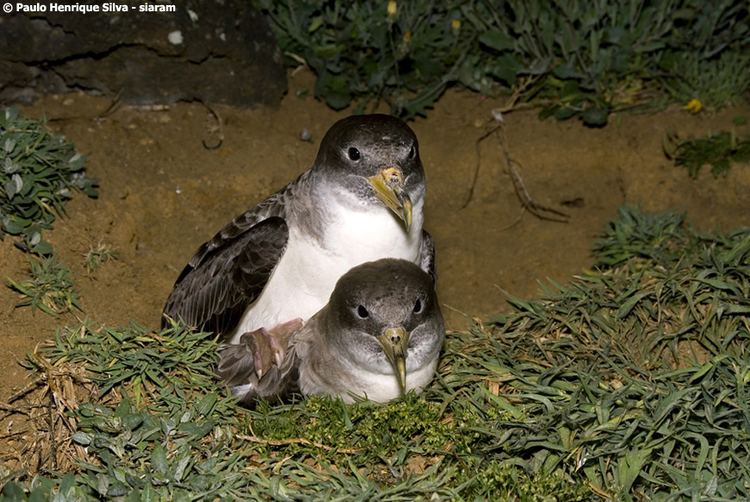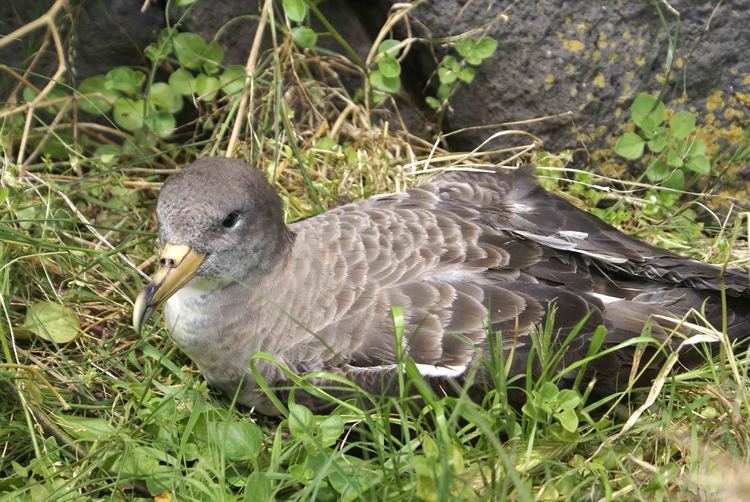Scientific name Calonectris Rank Genus | Phylum Chordata Higher classification Procellariidae | |
 | ||
Lower classifications | ||
Calonectris borealis funny scary sounding bird
Calonectris is a genus of seabirds. The genus name comes from Ancient Greek kalos, "good" and nectris, "swimmer".
Contents
The genus comprises three large shearwaters. There are two other shearwater genera. Puffinus, which comprises about twenty small to medium-sized shearwaters, and Procellaria with another four large species. The latter are usually named as petrels, although they are thought to be more closely related to the shearwaters than to the other petrels.

The taxonomy of this group is the cause of some debate, and it is only recently that the Cape Verde shearwater has been split from Cory's shearwater.

The species in this group are long-winged birds, dark brown or grey-brown above, and mainly white below. They are pelagic outside the breeding season. They are most common in temperate and cold waters.

These tubenose birds fly with stiff wings, and use a shearing flight technique to move across wave fronts with the minimum of active flight. Their flight appears more albatross-like than the Puffinus species.

Calonectris shearwaters are long-distance migrants. The streaked shearwater disperses from its east Asian breeding islands throughout the western Pacific and into the eastern Indian Ocean.

Cory's has two subspecies. C. d. diomedea breeds in the Mediterranean and C. d. borealis on the Azores, Canaries and Madeira. It disperses throughout the Atlantic Ocean and into the western Indian Ocean. These may be distinct species (Heidrich et al. 1998).

Calonectris shearwaters come to islands and coastal cliffs only to breed. They are nocturnal at the colonial breeding sites, preferring moonless nights to minimise predation. They nest in burrows and often give eerie contact calls on their night time visits. They lay a single white egg.
They feed on fish, squid and similar oceanic food. They will follow fishing boats to take scraps.
List of species
Two prehistoric species, Calonectris krantzi from the Early Pliocene and Calonectris wingatei from the Middle Pleistocene, have also been described from fossils.
